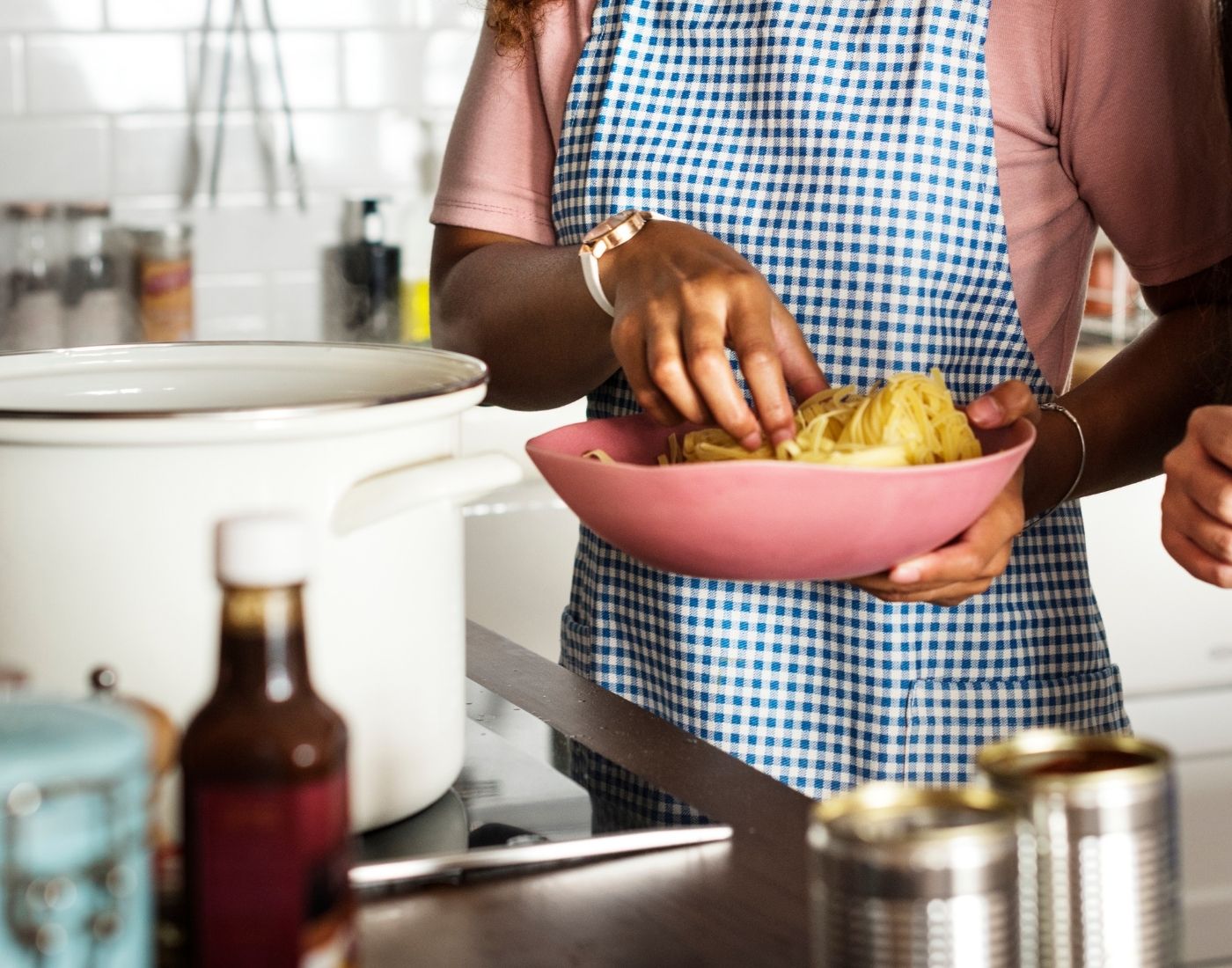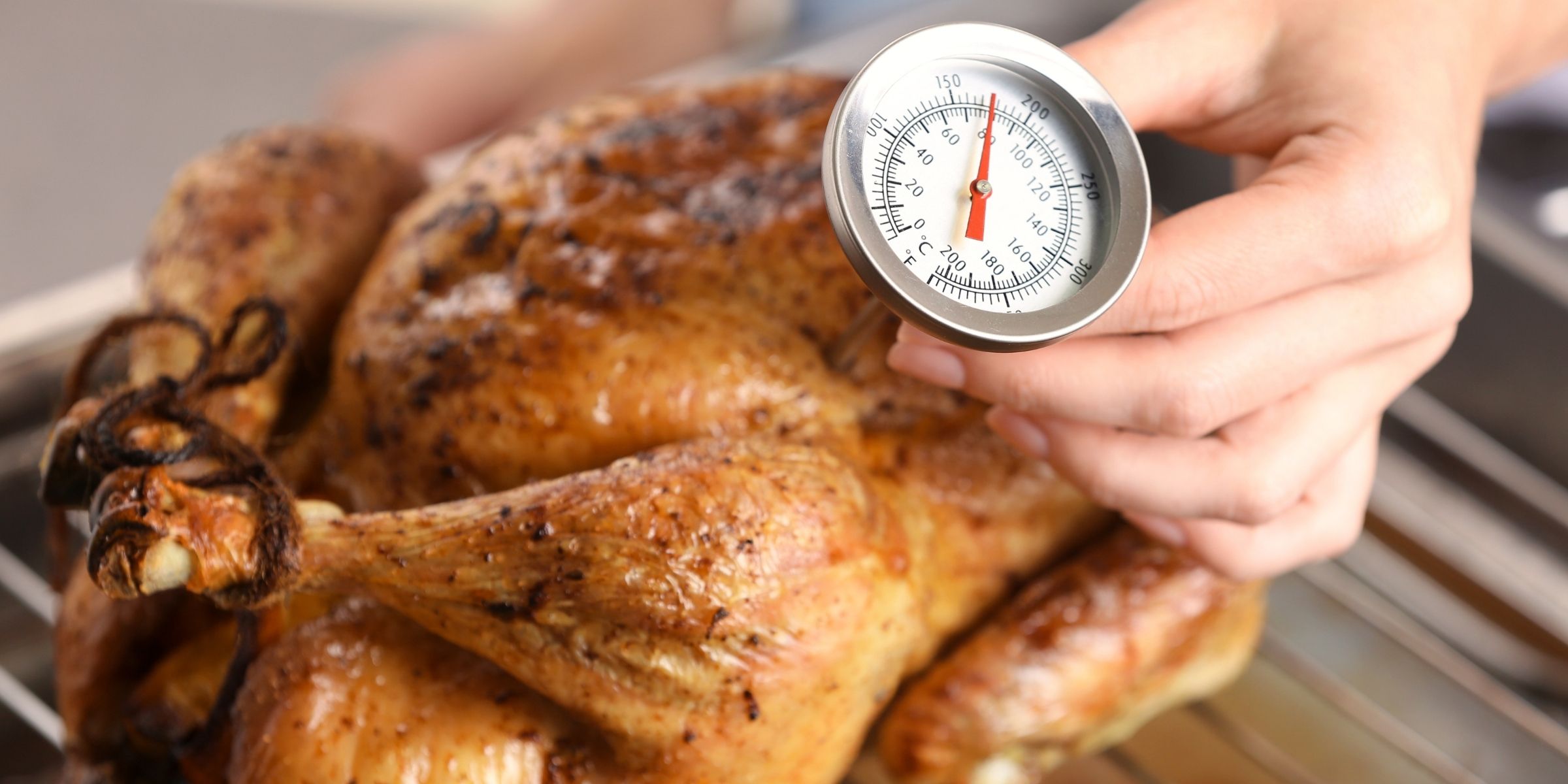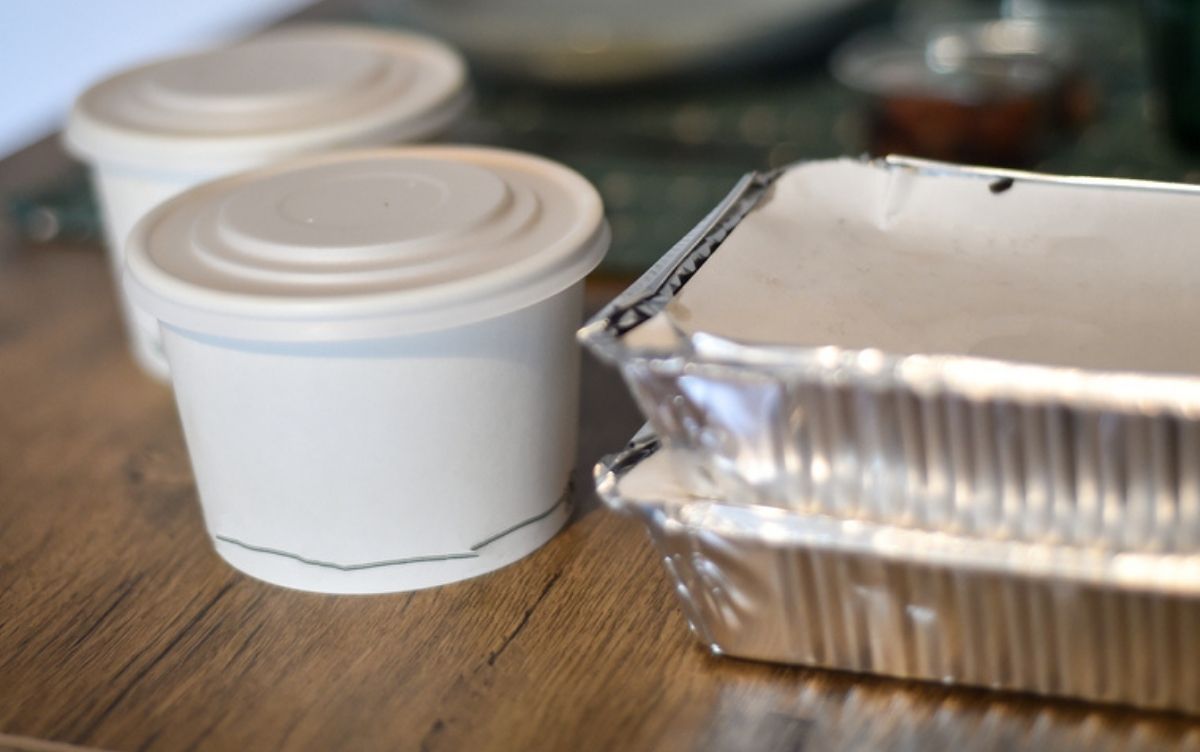You can avoid getting food poisoning by cooking your food carefully, following cooking instructions and cooking food for the correct length of time and reaching a safe cooking temperature. This ensures that any harmful bacteria in the food are killed.
Here’s some tips to ensure you’re not nibbling on any nasties:
- a food thermometer can be used to check food is cooked thoroughly. When inserted in the thickest part of the food, the thermometer should read 75°C or above. Some foods change colour when they are cooked so you can check this too.
- always check your food is steaming hot in the middle.
- make sure frozen vegetables are cooked before you eat them. If intending to use cold, cook first, cool quickly and store in the fridge for up to two days.
- if you are cooking a large dish you may have to check in more than one place that it is cooked properly.
- always follow cooking instructions on the label.
- don't reheat food more than once.
- when reheating, take extra care your food is heated all the way through.
Are you cooking for someone with a food allergy? Read our tips on how to safely cook for someone with a food allergy.



